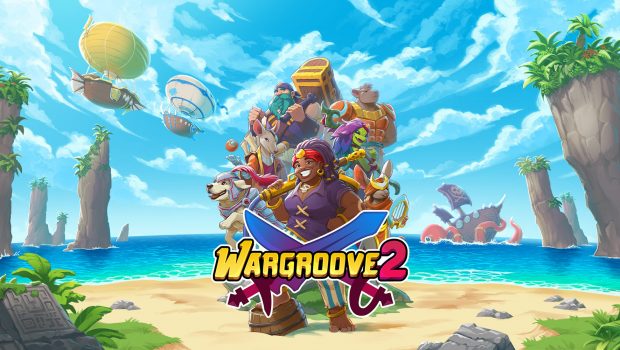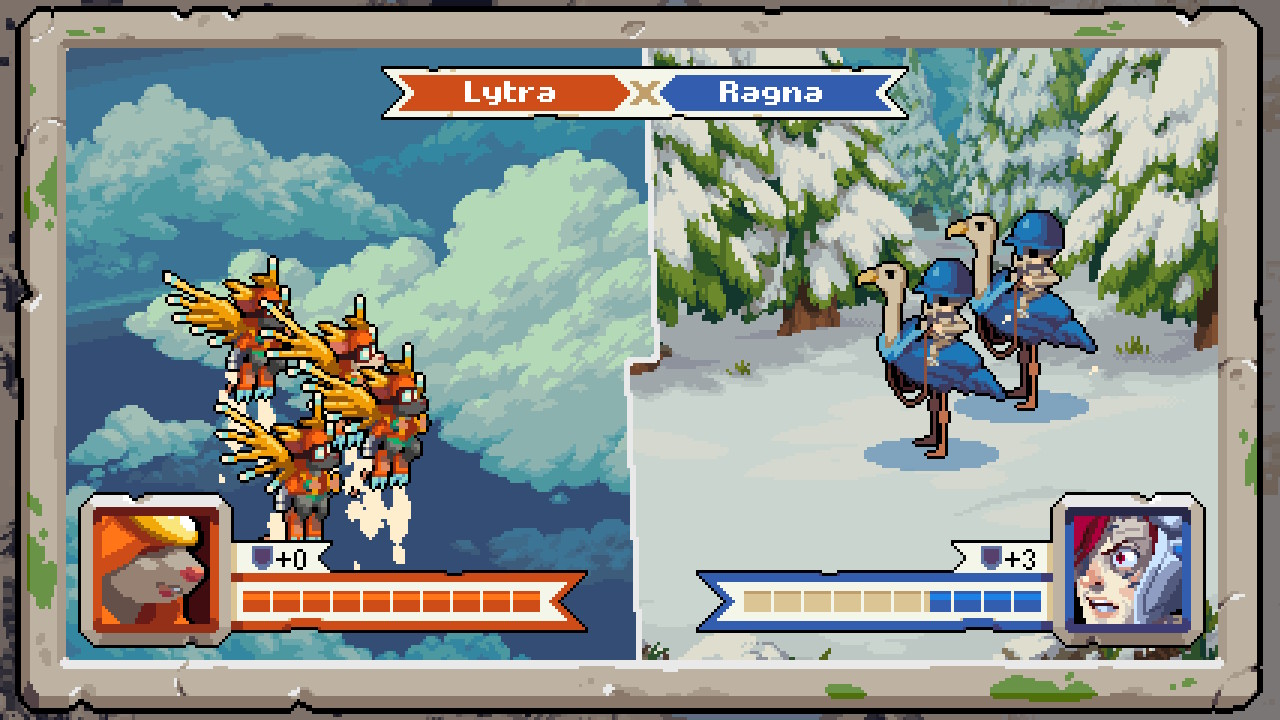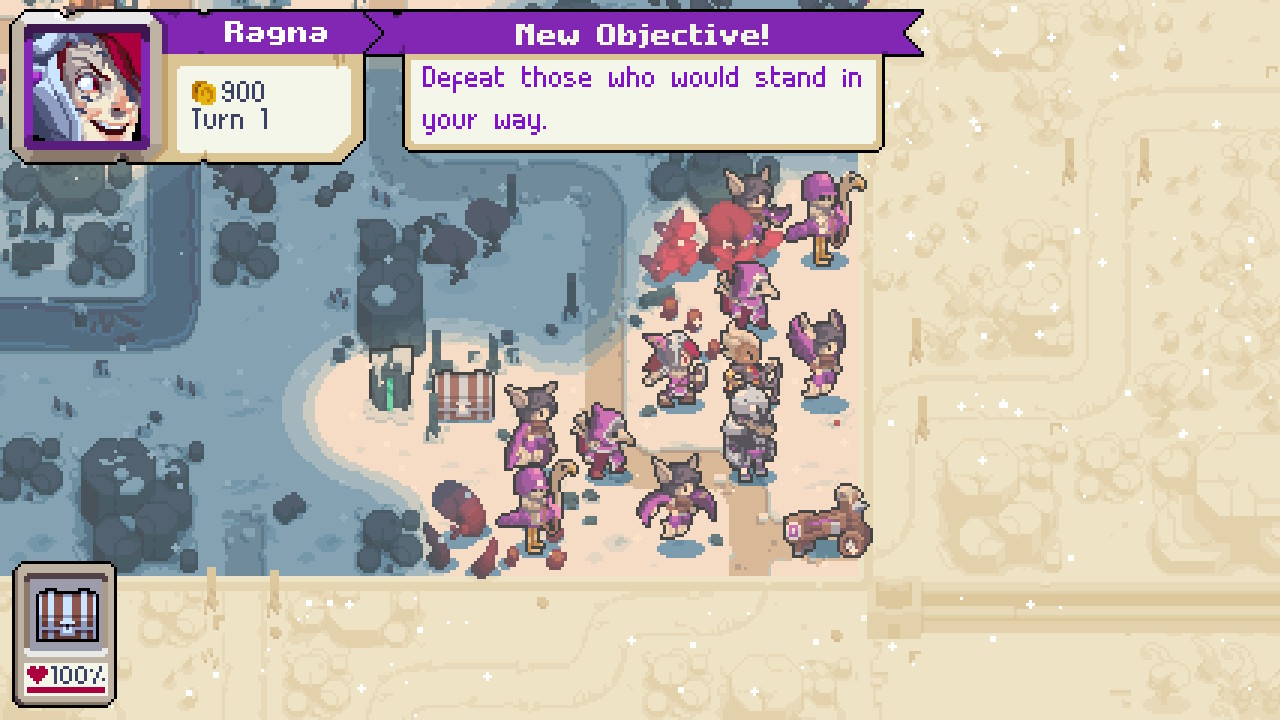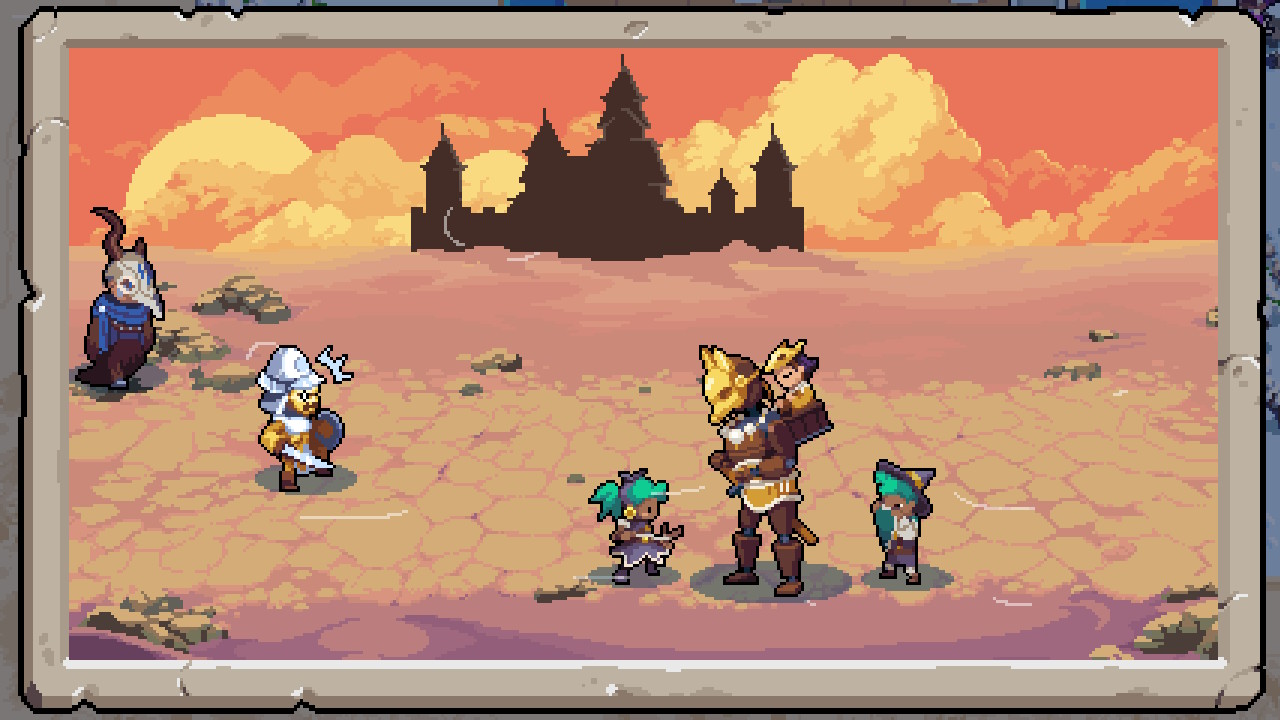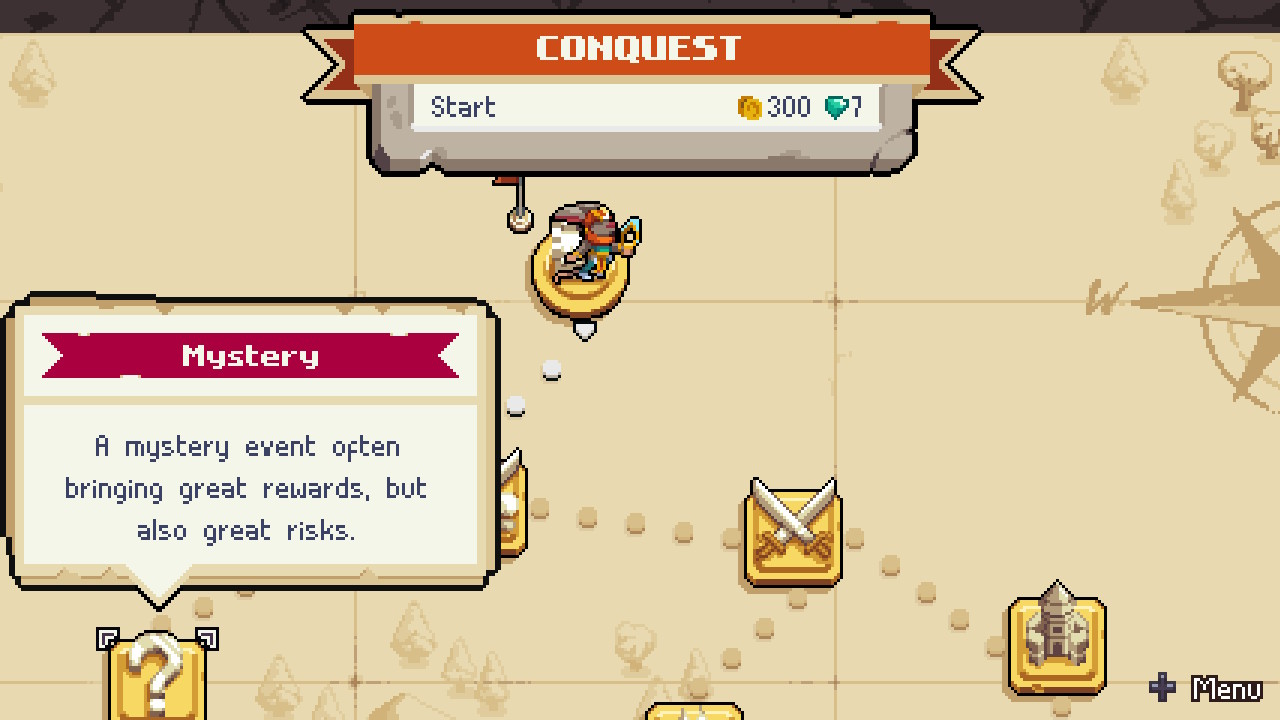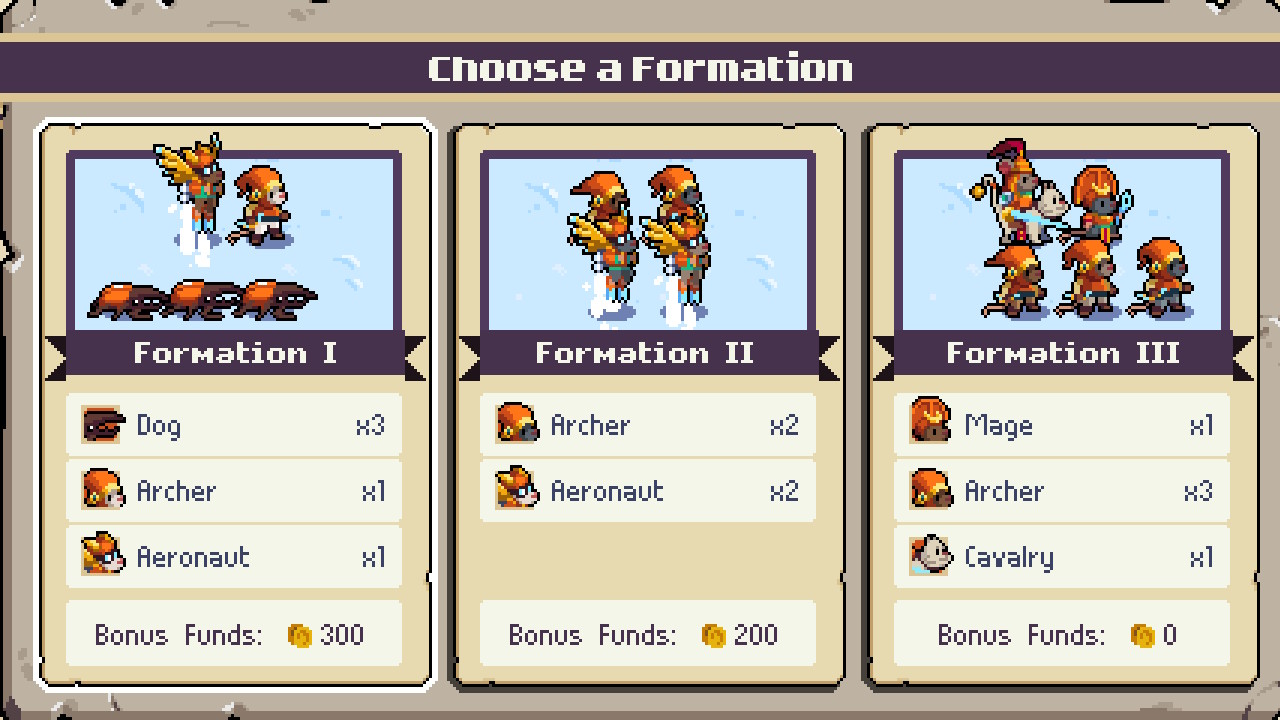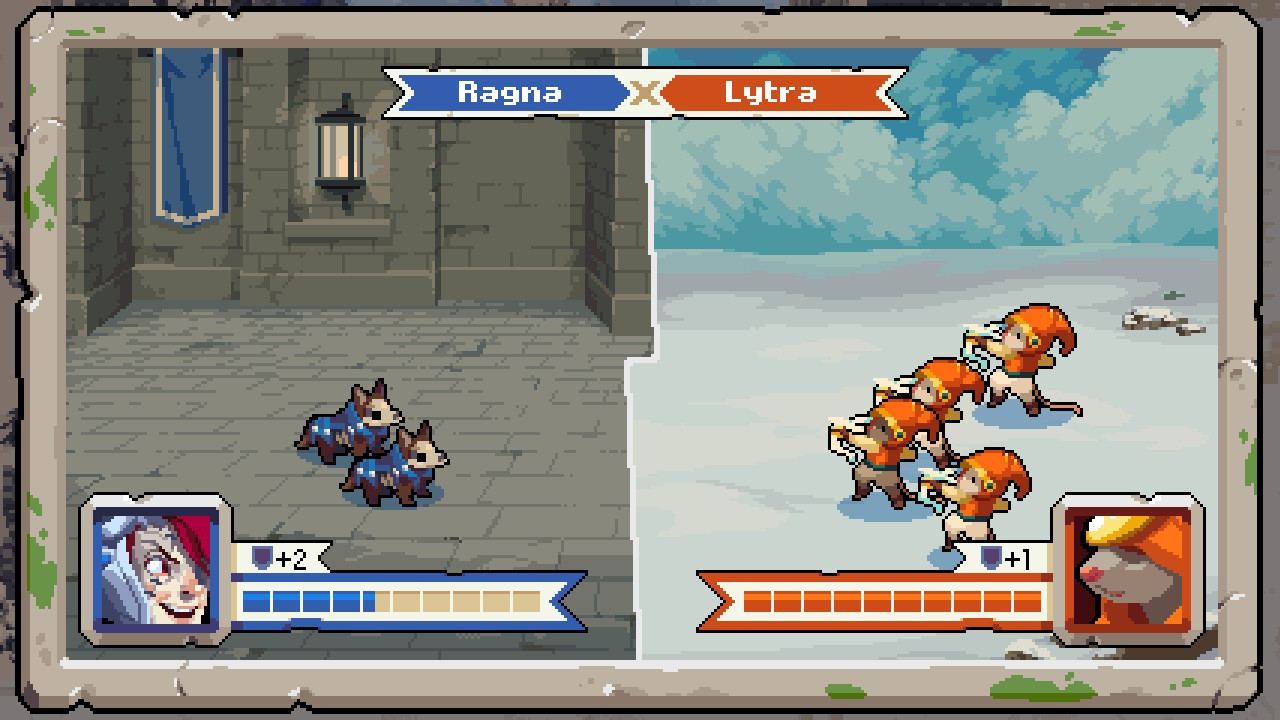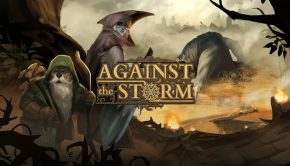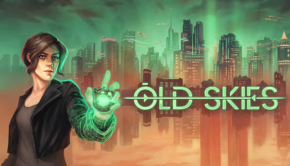Wargroove 2 Nintendo Switch Review
Summary: It might not reinvent the wheel, but as a successor to an already near-perfect Advance Wars-like, did it ever really need to?
4
Groovy
Switch-playing turn-based fans have been truly blessed this year. As if Advance Wars marching onto Ninty’s handheld hybrid wasn’t enough, 2023 also saw the return of Wargroove. Whilst Advance Wars’ fantasy-themed Little Brother may not have reached the dizzying heights many felt it deserved, it’s still easy to consider 2019’s Wargroove a mighty fine example of how to take an idea and elevate it into something new. Now, in the midst of an apparent renaissance for the genre, Wargroove 2 aims to take its place at the top of the strategy food chain.
But if you’re expecting Wargroove 2 to feel drastically different to its predecessor, you may be disappointed – in fact, this is pretty much the same Wargroove experience through and through. With only one new faction and a handful of new unit types, on the surface, it’s easy to mistake Wargroove 2 for being light on new content, but honestly, the turn-based strategy genre has never felt better.
For starters, while the rock-paper-scissors-type gameplay you’ve come to expect remains the same, new quirks help transform the Wargroove experience. Units now have the chance to deliver critical hits by meeting certain criteria, such as not moving before they attack or being next to certain unit types in order to deliver powerful attacks. New terrain types and environmental effects, like crumbling floor tiles, change how you approach missions. A basic equipment system allows you to equip items to give units stat buffs and temporary abilities, while potions can mass heal units or even stop them from being damaged for a turn. It might seem like basic stuff, especially when compared to some of its contemporaries (here’s looking at you, Fire Emblem), but these adjustments are enough to elevate the tactics you employ during your time with Wargroove 2.
And although new unit types may be in short supply, there’s been a real effort here to make the units that have been included vital parts of the game. You may not notice much difference until late-game, but as Wargroove 2’s three campaigns begin focusing more on aerial and sea-based combat, these new units often become key to victory. Pretty much all the new units are focused on bridging the gap between air, sea and land – for example, the riverboat can travel through any water source, while bird riders can hop over troops, allowing for greater mobility on land. Likewise, new buildings become equally as important, like the lumber mill which allows quick access to cash by chopping down nearby trees. It all adds up, creating a deceptively complex experience that allows for in-depth strategy planning.
But your troops are nothing if not led by a mighty commander, and what would Wargroove be if it wasn’t for quirky heroes? Alongside plenty of familiar faces, there’s a bunch of new heroes to learn the quirks of, and each takes full advantage of the returning Groove system. This time, though, each hero has a second Groove level, allowing for even more impressive attacks when enough points have been attained. Mercia’s healing power, for example, earns a huge aura-effecting buff, whilst Koji’s Sparrowbombs develop a deadly knock-back effect.
As before, many Groove’s have the ability to get your army out of a sticky situation, but I found, while Wargroove’s new heroes are as lovable as the rest of the cast, most of the new hero powers feel less effective than those of preexisting characters. An early new Groove you’ll learn, for example, allows you to move units – both good and bad – around in a circle, which is great when you want to manipulate enemies into traps, but opportunities like this come few and far between, making it, unfortunately, rarely useful.
Still, learning Wargroove’s many idiosyncrasies is a thrill, especially through its sprawling campaign. Split across three parts, Wargroove 2’s main single-player mode follows both existing factions and the game’s new race of tiny, angry mice, through three very unique scenarios that help build on the series’ surprisingly deep lore. Once again, Wargroove does a fantastic job at creating genuinely engaging characters, and with the addition of plenty of new commanders and chatty soldiers, the writing’s even better this time around.
Although that’s just scratching the surface – the whole thing feels much bigger, elevating a simple strategy into something more. Sometimes, levels are split between interactive moments where you can talk to your army and see how they’re reacting to situations, on other occasions, you are asked to make little choices which can have knock-on effects for the rest of a mission, like picking whether to split your troops up or not. It might not sound like much, but when you consider Wargroove 2 is birthed from a relatively simple (but no less engaging) turn-based strategy, these little things are excellent compliments to an already well-realised system.
And if you’re expecting missions to be as straightforward as before, rest assured, Wargroove 2 takes it further. One of my main complaints about the first Wargroove was that many missions felt repetitive, with most levels requiring you to simply take out an enemy commander or their base. Wargroove 2, however, has plenty more mission types. At one point, I was tasked with surviving waves of enemies from different directions before evacuating my commanders while an onslaught of giants gave pursuit. Another level saw me rescue villagers from being turned into skeletal soldiers. There are even puzzle missions carefully placed within the campaign, and while there are still plenty of typical ‘clear the map ‘-type levels, these felt few and far between with the addition of plenty of new objectives to tackle.
Speaking of tackling objectives, if further tasks are your thing, there’s been a huge improvement to three-starring levels in Wargroove 2. If you’re up for a challenge (or an absolute sadist – Wargroove 2 is still incredibly difficult), each level has additional tasks to complete, but what I was most surprised at is how detailed these extra challenges can be. Although there’s still plenty of ‘defeat in a certain amount of turn’ tasks, many involve defeating certain enemies with specific units or even hunting down secrets spread across the map. As someone who finds myself returning to Wargroove often, I can certainly see turn-based fans like myself returning over and over in order to complete all the challenges on offer.
It’s not, however, the only area in Wargroove 2 that encourages longevity. Arcade mode has been replaced with a set of new rogue-like campaigns called Conquest that could easily see me coming back for years to come. Taking the role of a selected commander, the aim is to work your way from one side of the map to the next, taking on battles and random encounters on the way. It’s a proper rogue-like experience, with a shop to spend hard-earned currency for future runs and permadeath fully in place, and it’s perhaps the most strategic part of Wargroove 2, as planning attacks becomes an art form as you try and ensure your victory. It’s addictive stuff, and although I still occasionally yearned for arcade mode, Conquest feels like a genuinely unique spin on the Wargroove formula.
It’s a sentiment that continues, perhaps to a lesser extent, with Wargroove’s multiplayer. I still consider it the most under-baked aspect of the series, but the inclusion of cross-play gives Wargroove 2 a chance of still having an active online player base for the foreseeable future. Still, unless you’re playing with friends, online play has too many variables that affect how games pan out, especially with a timer that can be turned off, meaning games can stretch on ad infinitum – and let’s face it, a match with a stranger with no timer will never get finished. That said, multiplayer is still a great place to play with friends, especially if you’re trying out player-made maps from the creator tool, but with strangers, it’s effectively redundant.
Unfortunately, although there was so much to love in Wargroove 2, I did stumble across many performance issues. These have varied, with some simply meaning I’ve had to start a level again, to full Switch-crashing bugs that have forced me to restart my entire console. It’s frustrating when you can spend over an hour on a level, only to have to start again because of an unfortunate crash.
All of this, though, feels minor when you look at Wargroove 2 as a bigger picture. It’s rare to see sequels offer so much engaging content for such a small price, with writing and character development that puts most AAA games to shame. It might not reinvent the wheel, but as a successor to an already near-perfect Advance Wars-like, did it ever really need to? With a lengthy campaign, an addictive new roguelike mode and decent online options, Wargroove 2 overcomes its shortfalls to offer an exceptional strategic adventure.


